Equipment for sewing factories
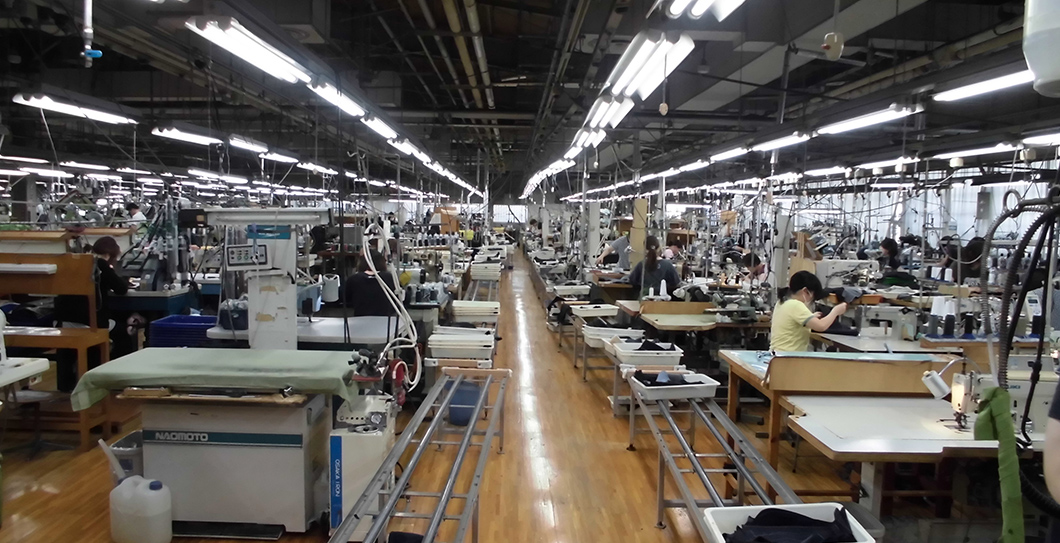
In addition to its sewing machines, JUKI offers a one-stop service to provide all of the other equipment, facilities and technologies you need in your sewing factory.
JUKI personnel with immense knowledge and technical expertise work with customers to equip their lines not only with the equipment needed for all of their pre-production (fabric inspection, fulling, spreading, adhesion of interlining, printing), production, and post-production processes (ironing, pressing, inspection of seams), but also standard factory equipment such as boilers and compressors.
Pre-production process ①: Cloth-inspecting machines
The flaws found in a fabric vary with the fabric type and the weave or knit structure to be used. The method to detect and identify fabric flaws also varies from one manufacturing process to the next.
Given the differences in the flaws found in different fabrics or in different manufacturing processes, the preferred method for inspection is generally visual. Fabric inspection is one of the areas where automation lags behind.
JUKI has introduced various fabric-inspection models suited to customer applications, including dual-function machines that inspect a fabric while relaxing it, trimming the selvedges, etc.
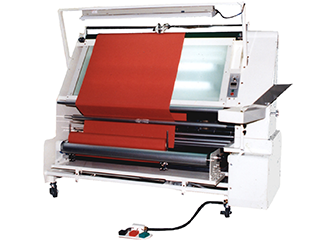
Pre-production process ②: Fulling machines
Once the flaws are detected in the inspection, the next step is to straighten the fabric to remove any deformation (relaxation shrinkage).
Woven wool fabric, for example, is pulled straight to eliminate any internal distortions caused by heat, atmospheric moisture, and the various tensions occurring as the fabric was processed from yarn into its final woven form.
Later, when the set of the fabric is again relaxed through exposure to moisture and heat as it is sewn or worn, the yarn will try to shrink back to its original length. As a result, troubles such as loss of shape and change in size may occur.
Variations in shrinkage are improved by fulling (sponging) the wool with a fulling machine to obtain a fabric with excellent dimensional stability.
Fulling by heat treatment may be needed for some synthetic fibers or blends. JUKI will propose the model best-suited to the customer's fabric.
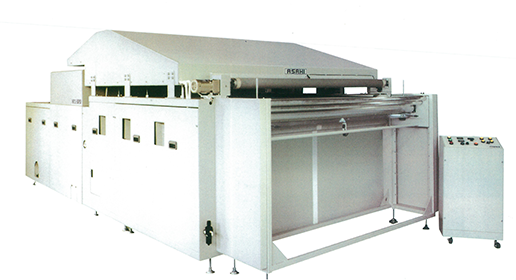
Pre-production process ③: Spreading machines
Once the fabric is prepared, it is spread with a spreading machine to ready it for cutting.The fabric can also be spread manually without the use of a machine. In some cases, however, manual spreading will create unwanted tension in a fabric after the relaxation shrinkage has been removed. A spreading machine may be the better option, as it spreads the cloth with no tension applied.In addition, two or more plies of fabric can be uniformly overlapped to reduce the amount of fabric lost during the cutting process. This approach enables the use of fabric for manufacturing products with far less waste.JUKI will propose the models best-suited to the customer's demands, such as spreaders that spread directional fabrics, fold-back fabrics, or fabrics that should be spread along their texture grain.
Pre-production process ④: Cutting
The automatic cutting machine cuts the spread cloth into the predetermined shape.Cutting knives are selected based on various criteria such as their cutting speeds or the number of plies of a fabric to be overlapped. Various cutting machine models are available to suit production systems focused on different manufacturing categories such as mass production, small-quantity production, and pattern matching.JUKI will select from its wide range of automatic and manual cutting machines to precisely fit the customer's demands.If you are thinking of automating your line further, JUKI will also provide information on the cost-benefit performance of the various types of equipment that can be introduced.
Pre-production process ⑤: Adhesion of the interlining
Once the cutting is complete, an adhesive interlining is attached to some of the garment parts.An adhesive interlining is attached to parts that need to firmly hold their shape and resist deformation, such as collars and cuffs. The interlining also reduces damages to the cloth caused by wearing, machine washing, and dry cleaning.You can choose either of two major adhesion machines: a flat-press type or continuous roller press type. JUKI will propose the model best suited to the uses and specifications that you, the customer, have planned.
Pre-production process ⑥: Sublimation transfer print
The apparel industry has recently been seeing rising demand for sublimation transfer printing on sportswear (uniforms, swimwear, etc.) as the next-best alternative to direct dyeing.Sublimation transfer printing is better suited to small-quantity production than screen printing, as no plates (patterns) have to be prepared. The method widens design possibilities and can be used for goods as well as apparel.JUKI will select and propose the best printers and transfer press machines to meet your sublimation transfer printing requirements.
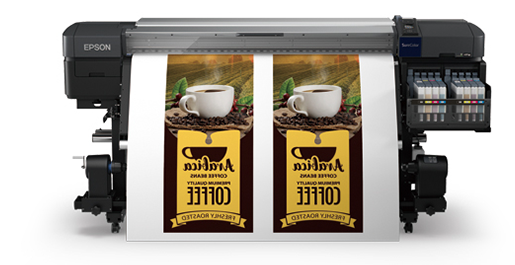
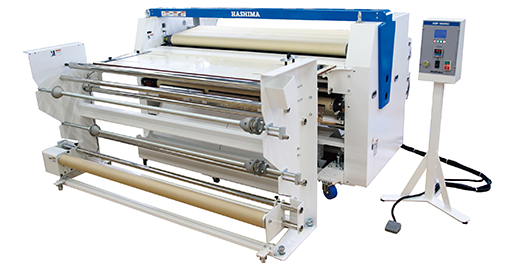
Post processes: Finishing, ironing, pressing and inspection of seams
The different types of irons available, from electric steam irons to heatless irons, vary in shape and weight.
Whenever JUKI provides products and services, it also responds to your various concerns such as how to iron a fabric without altering its texture or the relationship between the fabric and iron temperature.
When introducing a press machine, JUKI can help you select the model that achieves the highest wear comfort and beautiful silhouettes.
JUKI will propose not only the machines themselves, but also the most efficient machine layout for inspecting seams before shipment.
Other: Proposals on the standard factory equipment needed
Boilers: Used for steam-generating equipment and ironing and press processes.
JUKI proposes models ranging from large-scale facilities that use centralized piping to smaller units to be installed locally in a sewing line.
Compressors: Used for automatic sewing machines, presses, and air equipment.
JUKI proposes models ranging from large-scale facilities that supply pneumatic power for entire factories to small units that supply one-to-several machines, as well as sound-muffling facilities suited to the customer's usage environment, target applications, and capacity.


